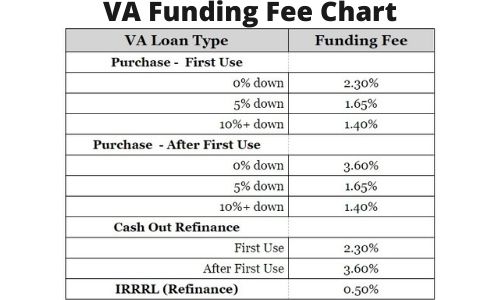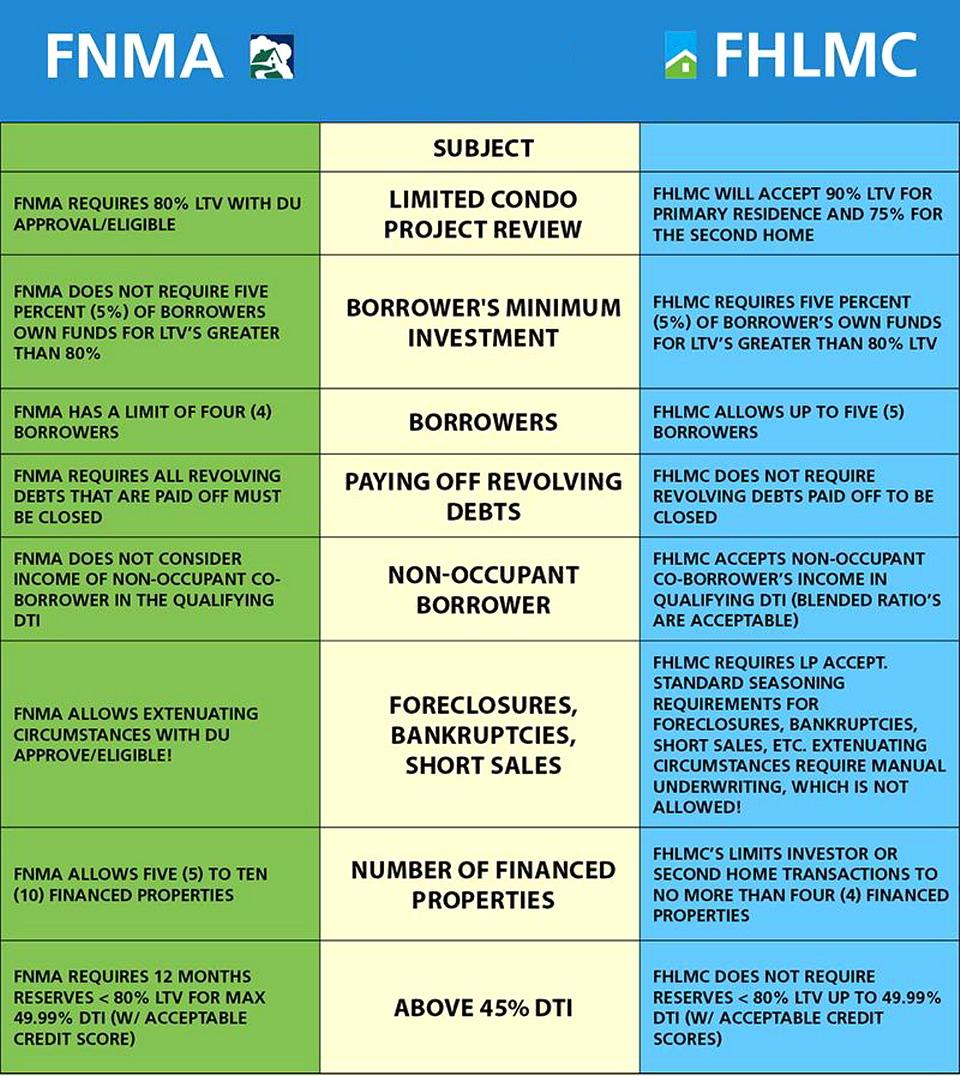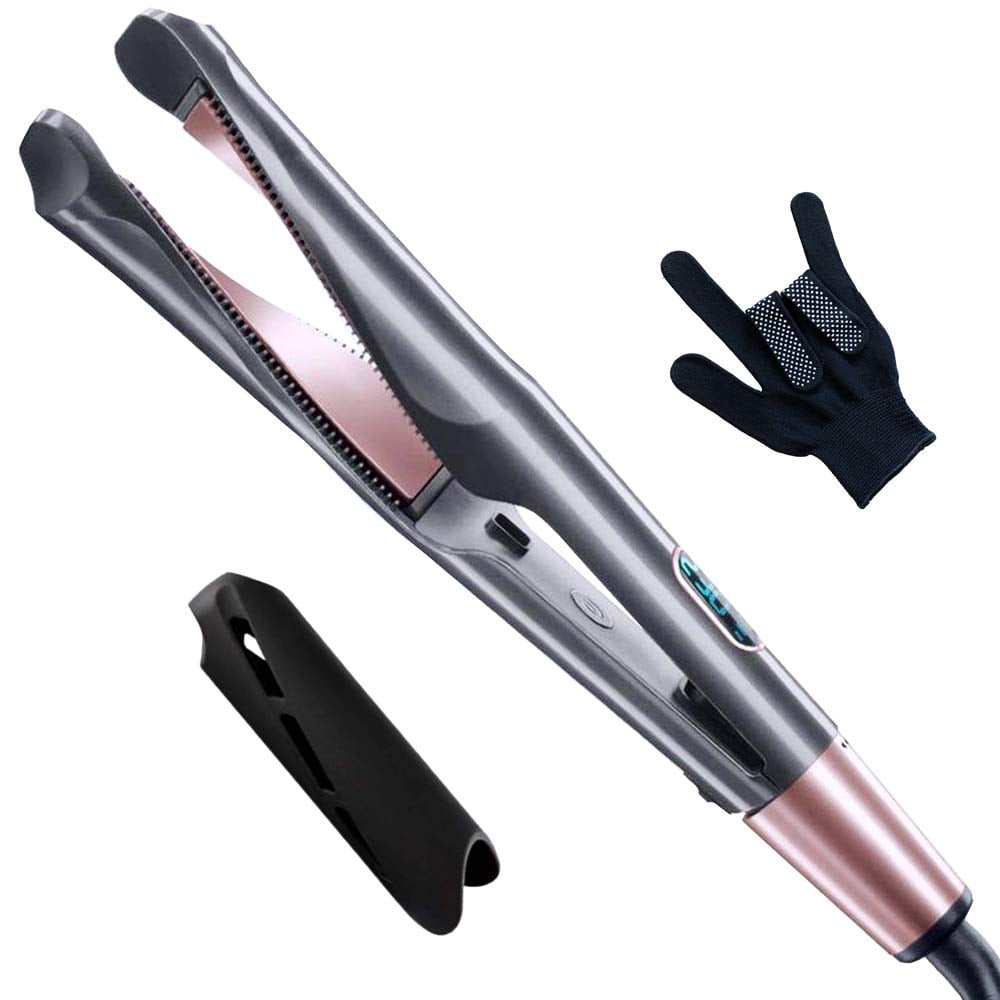Table of Content
Not through adding expensive security personnel, but instead by enacting common sense strategies and enhancements to the mobile home park that help to deter and report crime when it occurs. Mobile homes are technically considered to be modular homes, but not all modular homes are mobile. Modular homes can be built on site, while mobile homes must be transported in one piece and then set up on site. For one, mobile home water heaters tend to be much smaller than traditional water heaters.
The modules can be placed side-by-side, end-to-end, or stacked, allowing a variety of configurations and styles. After placement the modules are joined together using inter-module connections, also known as inter-connections. The inter-connections tie the individual modules together to form the overall building structure. Modular buildings, also called prefabricated homes or precision built homes, are built to equal or higher standards as traditionally built homes.
Why Choose a Prefab Home?
Instead, modular homes are built to comply with all applicable state and local building codes required by the location where the home will be placed. Modular homes are also built in a factory and then delivered to a homesite, but there is no steel frame or wheels under them. They look virtually identical to a site-built home and comply with the local building codes where the homesite is located.
‘Many modular homes in this era are modern and even sought-after for their unique style, customization, and potential to appreciate over time,’ says Warren Byington. Typically, they do not require a crawlspace, but this tends to be township specific. So, what is the difference between a manufactured home and a modular home?
The Pros of Trailer Homes
The standard at which our homes are built today has completely changed since the 1970’s and we are proud and happy to provide an affordable and safe housing option for the 55 and over community. The rise of manufactured houses in America saw the myth fade away slowly as many people embraced the culture. The quality standard replicated the site-built homes, which are considered a real estate asset. Manufactured and modular homes are not the same thing, no matter how badly the manufactured housing industry desires them to be.

They allow you to keep costs down and increase your freedom in terms of mobility. Building codes or the lack of local manufacturers can make it hard to find a modular home that you like at a price you can afford. Mobile homes circumnavigate these issues by avoiding local building codes and having larger shipping ranges than modular homes. There are modular homes on the market that are well over 2000 square feet in size.
Trailer
In 1976, the HUD Manufactured Home Construction and Safety Standards were released, upgrading the standards and setting the foundation for the modern manufactured homes built today. This new set of standards greatly surpassed those that had been set for mobile homes earlier when it came to the design and construction of manufactured homes. Changes included stricter frame requirements, insulation protection, plumbing and electrical, fire safety, and energy efficiency.
Once you have all of this information, you can start looking at different water heaters to find the one that’s right for you. If you’re considering a mobile home water heater, weigh the pros and cons carefully to decide if it’s the right choice for you. Another downside to mobile home water heaters is that they’re not as durable as their traditional counterparts. Because they’re often made with cheaper materials, they’re more likely to break down or develop leaks. This means you’ll have to replace your mobile home water heater more often, which can be a hassle and an expense.
Tankless Water Heater Vs Boiler For Radiant Heat
Modern manufactured and modular homes offer many more design and efficiency options compared to mobile homes of the past. Manufactured homes are constructed according to a code administered by the U.S. Department of Housing and Urban Development and the local building code. When it comes to zoning, this means that local ordinances on land use can restrict where manufactured homes can be placed. For example, if a manufactured home is built for a specific state and the buyer cancels their order, the home must be resold to a buyer in that state. If you had your heart set on a site-built home but want to take a more cost-conscious and efficient approach, a modular home build might be the way to go.
Over the years we’ve settled into a great niche, mobile homes and retirement properties. Our years of experience, buying, selling, renovating, managing rentals, and brokering transactions has given us a wealth of knowledge we want to share with you. The term for manufactured housing has certainly morphed over the years.
Usually, these regulations are lenient compared to their counterparts’ real estate homes. Inspections are meant to ensure prefab homes are as safe as their counterparts, site-built homes. Interestingly, there’s evidence that a well-built modular home is even more sturdy than a similar site-built home.
If you are in a pinch and want somewhere to live on a budget without having to rent, buying a mobile home is a great option. Used mobile homes can be found for very manageable prices, but they won’t be as nice as modular homes in many cases. The average cost of a new mobile home runs between $60,000 and $80,000. Pre-owned mobile homes can be found for as little as $30,000 in some markets. This makes them extremely affordable for people who do not have the capital to buy a traditional home or a modular home. The important differences between modular homes and mobile homes can be broken down into three parts.
Adequate yard space between you and your neighbors is also a factor to consider. This makes privacy an issue, but it doesn’t have to be a deal breaker if you’re OK with it. For the next three weeks, we’ll examine several alternatives to mobile home housing and why you might prefer one over the other. Today, you’ll get to see the mobile home vs trailer debate with contestants highlighted side by side. Preferred Homes for a custom-built, high-quality manufactured home.
They also typically come in three sizes — single section, double section and triple section. Types of prefabricated homes include manufactured, modular and mobile homes. Visually, manufactured and modular homes don’t appear that different from one another, and both can look very similar to traditional site-built homes. The main difference between manufactured and modular homes is the codes they are built to, which we’ll talk more about below.
Is a Modular Home the Same as a Double Wide?
When traveling, the large beds on both ends slide in underneath the main roof. The roof then cranks down to rest atop the fiberglass or aluminum lower portion. Manufactured homes have wheels which are typically detached once the unit is towed to the residence.
There are a variety of different trailers that you can choose from, including travel trailers, camping trailers, and fifth-wheel trailers. A mobile home is a prefabricated structure built in a factory and then transported to a site . They are typically used as permanent homes for people who cannot afford a traditional home. While they are both prefabricated homes, manufactured homes and modular homes are distinct from one another, and that isn’t something you can change.











